Depending on his mood, Jeff Weiser settles down to work in a Parisian cafe, a mysterious cave or high above the Earth, thanks to the budding metaverse.
Weiser lives in Cincinnati, Ohio, but his workplace is in a faux realm accessed using virtual reality headgear.
While still the stuff of science fiction for most people, forerunners of the metaverse vision for the Internet’s future are already de rigueur for handfuls of people beyond the gamer and techno-hipster crowds.
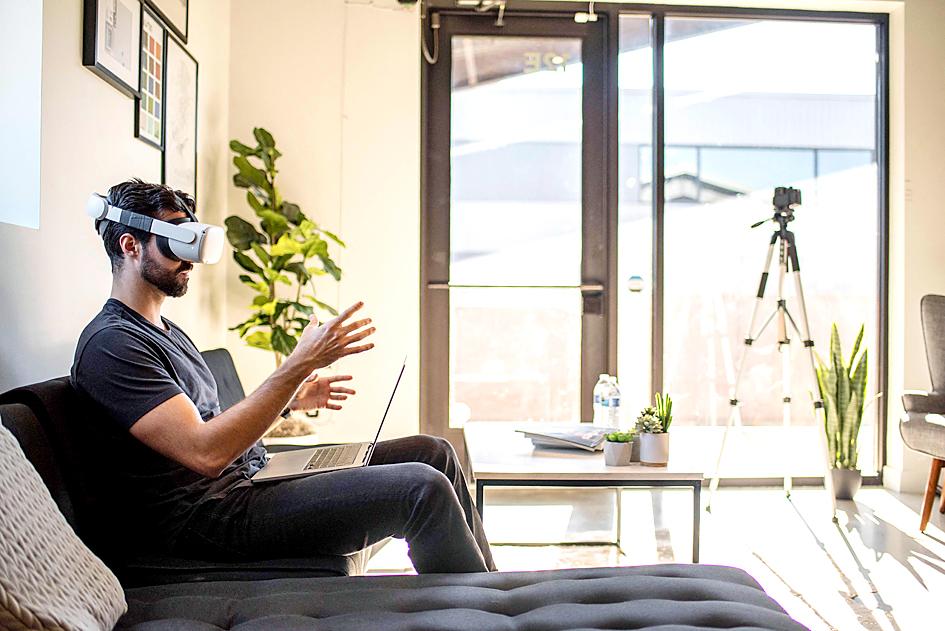
Photo: AFP
Weiser, founder of a translation start-up, spends 25 to 35 hours each week working with Oculus virtual reality (VR) gear on his head in his home.
A VR application called Immersed lets him synch screens such as his computer and smartphone to his virtual world, shutting out distractions around him at home.
Along with “increased focus,” the ergonomics are “perfect,” Weiser said.
Display screens hover where they are easily seen and can be changed to any size.
Weiser taps on his keyboard without seeing it, and appears from the outside to be speaking to himself, but in his virtual world, he interacts with avatars of colleagues as far away as Argentina and Ireland.
The COVID-19 pandemic boosted use of telework technologies that make it possible for colleagues to collaborate as teams despite being in different locations.
The Holy Grail is to replicate the kind of personal contact possible in offices.
Florent Crivello cofounded Teamflow, a start-up that tailors software for workers to collaborate virtually from their computers.
“We are building the metaverse for work,” Crivello said, adding that VR headsets are not quite ready for “prime time.”
“All of our collaboration tools are still on desktop; we want to meet people where they are,” he said.
Teamflow virtual offices look like on-screen game boards with meeting rooms, sofas and more.
Workers are represented by round icons that feature their picture, or live video footage of their face, and can initiate chats with colleagues by moving their “pawn” close to that of a coworker.
If the person virtually approached has a microphone hooked up, they can automatically hear each other like they would be able to in real life.
Key to the experience is “persistence,” the fact that the virtual environment exists whether a particular worker is in it or not, Crivello said, adding: “That’s a defining characteristic.”
For example, Teamflow users who “write” on a virtual white board in a faux meeting room would find it there when they return the next day.
About 1,000 people use the Teamflow app every workday.
VR app Immersed, for its part, said that it has gained tens of thousands of users after a difficult period at the end of 2019, when the company almost disappeared. “
The adoption curve was in the disillusioned phase, it was the bottom of the valley and we ran out of money,” Immersed cofounder Renji Bijoy said.
“When I told my team that they could go look for jobs, all seven of them said unanimously: ‘We’re not going anywhere,’” Bijoy said.
The pandemic fueled a trend to remote work, reviving investor interest in start-ups innovating in the sector.
At the same time, VR itself gained momentum, thanks to investments by Facebook parent Meta Platforms Inc in its Oculus unit and the metaverse overall.
“We are trying to build a world where anyone could live anywhere and put on a pair of glasses and feel like they’re actually teleporting to their virtual office,” Bijoy said.
Missing links, for Bijoy, include lifelike avatars instead of cartoonish animated characters, and body tracking that lets movements or gestures be replicated in virtual worlds.
“It’s not that far away,” Bijoy said of such technology, adding that it can been expected to be seen “much sooner than five years.”
Some users fear that working in VR would be misinterpreted or misunderstood and would rather stay anonymous, such as one graphic designer from New York who used to spend six hours a day working from Immersed during the pandemic.
He customized his Oculus headset for comfort, and built his own room in Immersed — a virtual reproduction of his favorite library complete with rustling pages and soft footsteps.
The New York resident said that his productivity soared, but his health suffered.
He forgot to take breaks, losing track of place and time.
“I would take the headset off and it was kind of jarring, it was just a bit of like a slap in the face, being back in reality,” he said.
A blood test showed he was low on Vitamin D, and he suspected part of the cause was spending so much time out of the sun and in virtual reality.
“I just stopped using it,” the designer said. “I don’t think that it’s healthy to replace reality with virtual reality.”
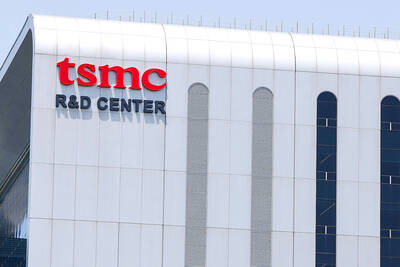
BIG BUCKS: Chairman Wei is expected to receive NT$34.12 million on a proposed NT$5 cash dividend plan, while the National Development Fund would get NT$8.27 billion Taiwan Semiconductor Manufacturing Co (TSMC, 台積電), the world’s largest contract chipmaker, yesterday announced that its board of directors approved US$15.25 billion in capital appropriations for long-term expansion to meet growing demand. The funds are to be used for installing advanced technology and packaging capacity, expanding mature and specialty technology, and constructing fabs with facility systems, TSMC said in a statement. The board also approved a proposal to distribute a NT$5 cash dividend per share, based on first-quarter earnings per share of NT$13.94, it said. That surpasses the NT$4.50 dividend for the fourth quarter of last year. TSMC has said that while it is eager
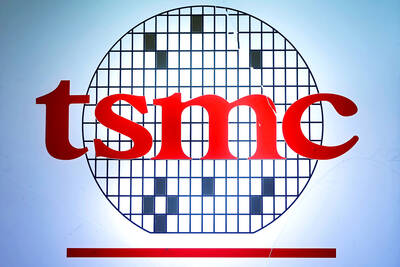
‘IMMENSE SWAY’: The top 50 companies, based on market cap, shape everything from technology to consumer trends, advisory firm Visual Capitalist said Taiwan Semiconductor Manufacturing Co (TSMC, 台積電) was ranked the 10th-most valuable company globally this year, market information advisory firm Visual Capitalist said. TSMC sat on a market cap of about US$915 billion as of Monday last week, making it the 10th-most valuable company in the world and No. 1 in Asia, the publisher said in its “50 Most Valuable Companies in the World” list. Visual Capitalist described TSMC as the world’s largest dedicated semiconductor foundry operator that rolls out chips for major tech names such as US consumer electronics brand Apple Inc, and artificial intelligence (AI) chip designers Nvidia Corp and Advanced
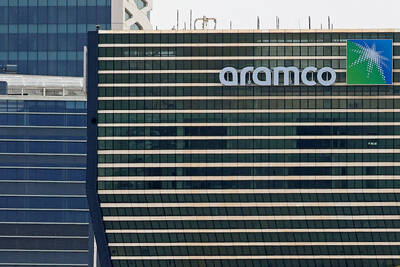
Saudi Arabian Oil Co (Aramco), the Saudi state-owned oil giant, yesterday posted first-quarter profits of US$26 billion, down 4.6 percent from the prior year as falling global oil prices undermine the kingdom’s multitrillion-dollar development plans. Aramco had revenues of US$108.1 billion over the quarter, the company reported in a filing on Riyadh’s Tadawul stock exchange. The company saw US$107.2 billion in revenues and profits of US$27.2 billion for the same period last year. Saudi Arabia has promised to invest US$600 billion in the US over the course of US President Donald Trump’s second term. Trump, who is set to touch
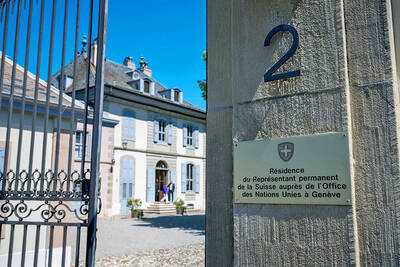
SKEPTICAL: An economist said it is possible US and Chinese officials would walk away from the meeting saying talks were productive, without reducing tariffs at all US President Donald Trump hailed a “total reset” in US-China trade relations, ahead of a second day of talks yesterday between top officials from Washington and Beijing aimed at de-escalating trade tensions sparked by his aggressive tariff rollout. In a Truth Social post early yesterday, Trump praised the “very good” discussions and deemed them “a total reset negotiated in a friendly, but constructive, manner.” The second day of closed-door meetings between US Secretary of the Treasury Scott Bessent, US Trade Representative Jamieson Greer and Chinese Vice Premier He Lifeng (何立峰) were due to restart yesterday morning, said a person familiar